I was so proud of all of you--from Diamond, who staffed our front table and helped us to raise $257 for our selected causes to every last presenter on stage.
So many people have commented on what a wonderful evening they had while being inspired by your ideas.
As for the donations--we'll send a check to the Asheville Humane Society from Isaac Dickson, and are making arrangements for soccer balls to be purchased and to travel with someone to Haiti (Ms. Kyles knows some people who are going this summer on a relief mission). Marie found an organization that would serve the people of Japan as they recover from the tsunami--and coordinates with other organizations like Save the Children.
The Japan Earthquake and Tsunami Relief Fund @ globalgiving.org
LINK: http://www.globalgiving.org/projects/japan-earthquake-tsunami-relief/
What the Donation Funds: Established a fund to disburse donations to organizations providing relief and emergency services to victims of the earthquake and tsunami. We are working with International Medical Corps, Save the Children, and other organizations on the ground to provide support. Our partners on the ground are working hard to provide immediate relief.
Save the Children
LINK: http://www.savethechildren.org/site/c.8rKLIXMGIpI4E/b.6621121/k.3D08/Japan_Earthquake_Tsunami_Relief.htm
- efforts & donations to its Children's Emergency Fund
What the Donation Funds: In the immediate aftermath of the disaster, Save the Children deployed emergency response teams to assess the needs of children and their families. Multiple child-friendly spaces have been established in evacuation centers in Sendai City where displaced families are staying. Child-friendly spaces provide children with an opportunity to play with other children while freeing up parents to work on the recovery. In addition to immediate relief, this fund will help support long-term recovery plans to restore education and child care in Japanese communities ravaged by the disasters.
Thank you Ms. Kyles class 2010-2011--I've been honored to share the year with you!
Have a fun summer!
Ms. Hurley
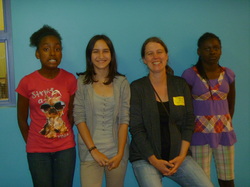
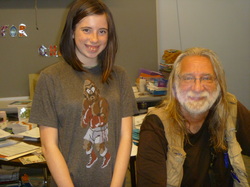
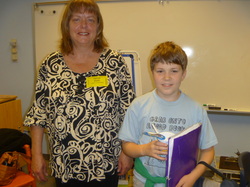
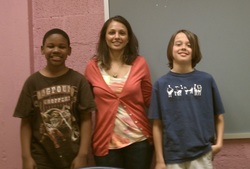
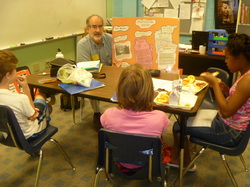
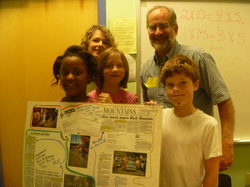
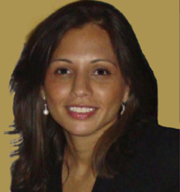

 RSS Feed
RSS Feed